Choosing Colours for Your Brand
Choosing the right colours for our brand is crucial. Colours evoke emotions and can make a lasting impression on our audience. The right colour combination can help our brand stand out and communicate our message effectively. It’s not just about picking colours that look nice together but also about choosing ones that align with our brand identity and values.
When selecting brand colours, we need to think about how different colours make people feel. Colours have psychological effects that can influence how our brand is perceived. For example, blue often represents trust and calmness, while red can evoke excitement and passion. By understanding the meanings behind different colours, we can pick ones that resonate with our target audience.
Creating a cohesive colour palette for our brand helps maintain consistency across all our materials, from logos to print designs. Having a well-thought-out palette ensures that our brand is easily recognisable and reinforces our message. Additionally, using tools and resources can simplify the process of choosing colours, making it easier to find combinations that work well together.
Understanding the psychology of colours, learning how to create a balanced palette, using the right tools, and avoiding common mistakes can help us choose colours that make our brand stand out. Let’s dive into these key aspects of selecting brand colours.
The Psychology of Colours in Branding
Understanding the psychology of colours helps us make informed choices for our brand. Different colours can evoke different emotions and behaviours in people. For instance, blue is often associated with trust, loyalty, and calmness. This makes blue a popular choice for tech companies and financial institutions. Green symbolises growth, health, and nature, which is why it's commonly used by brands promoting eco-friendly products or healthy living.
On the other hand, red is a colour that grabs attention and evokes strong emotions like excitement and passion. It’s often used in marketing to create urgency, such as in clearance sales. Yellow represents happiness and optimism but can become overwhelming if overused. Purple signifies luxury and creativity, making it a choice for brands that want to convey a sense of exclusivity and imagination. By understanding what each colour represents, we can align our brand's colours with the values and emotions we want to communicate.
How to Choose a Colour Palette for Your Brand
Choosing a colour palette starts with understanding our brand’s identity and target audience. First, jot down a few words that describe our brand. Are we innovative, trustworthy, youthful, or sophisticated? Knowing our brand’s personality can guide us in selecting colours that reflect these traits. Second, consider our target audience and what colours would appeal to them. For instance, if we are targeting children, bright and playful colours like red, yellow, and blue could be effective.
Next, choose a primary colour that best represents our brand. This will be the main colour used in our logo and important design elements. Then, select secondary colours that complement the primary colour. These can be used for backgrounds, accents, and other design elements. Using tools like the colour wheel can help us find complementary colours that work well together.
Finally, create a balanced palette by including neutral colours like white, black, or grey to offset the brighter colours. Neutrals provide a clean background and make our primary and secondary colours pop. Developing a cohesive colour palette helps us maintain consistency across all our brand materials, ensuring a recognisable and professional look.
Tools and Resources for Selecting Brand Colours
There are several tools and resources available to help us choose the perfect colours for our brand. One of the most popular tools is Adobe Colour. This tool allows us to create and save custom colour palettes. We can experiment with different combinations and see how they look together. It also provides colour harmony rules, which help us choose colours that naturally go well together.
Another useful resource is Coolors, an online colour scheme generator. With Coolors, we can quickly generate random colour palettes and adjust them to fit our needs. This tool is especially helpful if we’re not sure where to start. Canva also offers a Colour Palette Generator that lets us upload an image and extract a colour palette from it. This is useful if we have a specific image or design in mind and want to match our brand colours to it.
For more inspiration, websites like ColourLovers and Dribbble showcase various colour schemes used by other brands and designers. We can browse these sites to see what colour combinations are trending and get ideas for our brand. Using these tools and resources makes the process of selecting brand colours easier and more efficient.
Mistakes to Avoid When Choosing Brand Colours
Choosing brand colours can be tricky, and there are some common mistakes we should avoid. One major mistake is not considering colour contrasts. Poor contrast can make our text hard to read and our designs less effective. Always ensure that there is enough contrast between the background and the text to enhance readability.
Another mistake is using too many colours. While it might be tempting to include a wide range of colours, too many can make our brand look chaotic and unprofessional. Stick to a cohesive colour palette with a primary colour, a few secondary colours, and some neutrals to create a balanced and polished look.
Ignoring cultural differences can also be a pitfall. Colours can have different meanings in different cultures, so it’s important to research and understand these meanings if our brand operates internationally. For example, while white signifies purity in some cultures, it can represent mourning in others.
Lastly, not testing our colours in different mediums can lead to issues. Colours might look different on screens compared to print. Always test our colour palette in various formats such as digital devices and printed materials, to ensure consistency and accuracy. By avoiding these mistakes, we can create a colour scheme that effectively represents our brand.
Conclusion
Choosing the right colours for our brand is a crucial step in creating a strong and recognisable identity. Understanding the psychology behind colours helps us pick hues that align with our brand’s values and resonate with our audience. Creating a cohesive colour palette ensures consistency across all our materials, making our brand easily identifiable.
Using tools and resources like Adobe Colour, Coolors, and Canva simplifies the selection process and provides inspiration. Avoiding common mistakes, such as poor contrast, excessive colours, and not considering different cultural meanings, prevents issues that could weaken our brand’s impact. Testing our colours across different mediums ensures they look great on both screens and printed materials.
At Absolute Creative Print, we are dedicated to helping you choose the perfect colours that make your brand stand out. Whether you need assistance with logo design or any other design service, we’ve got you covered. Contact Absolute Creative Print today to start making your colours work for you and create a brand that truly stands out.

